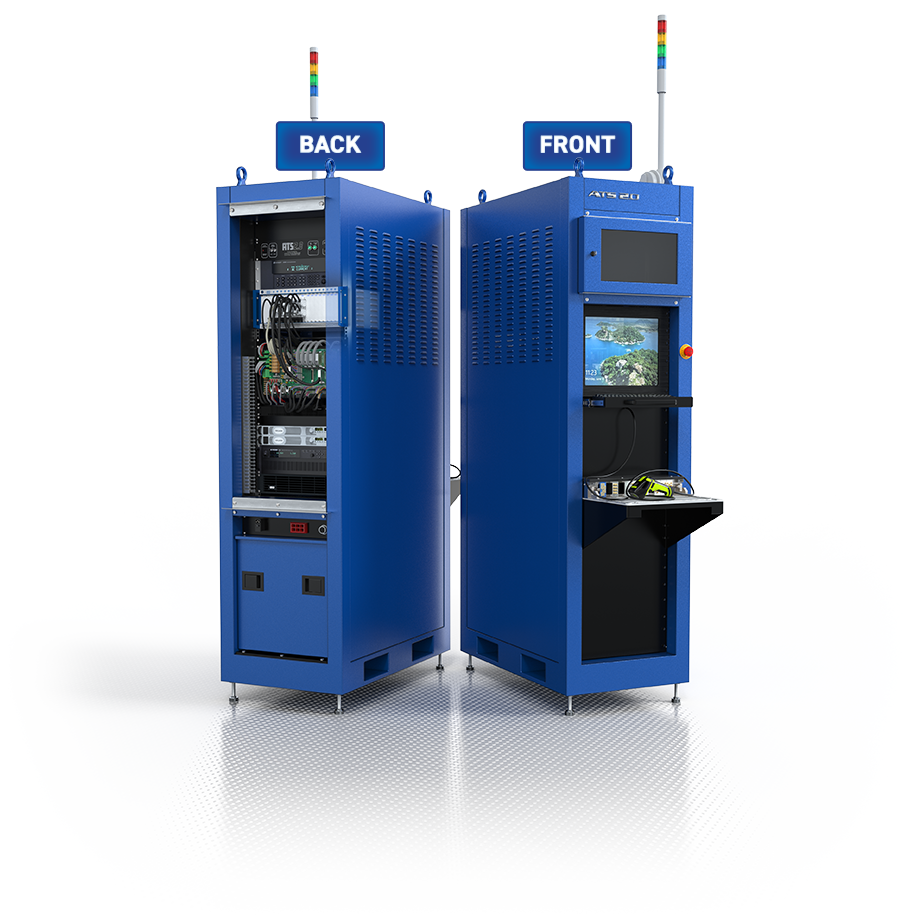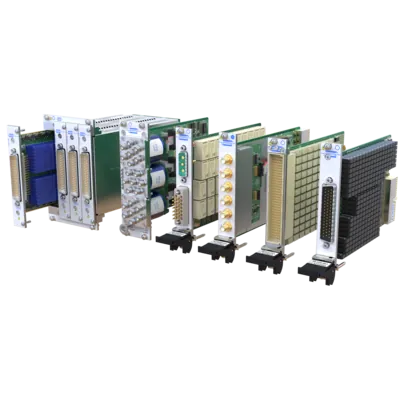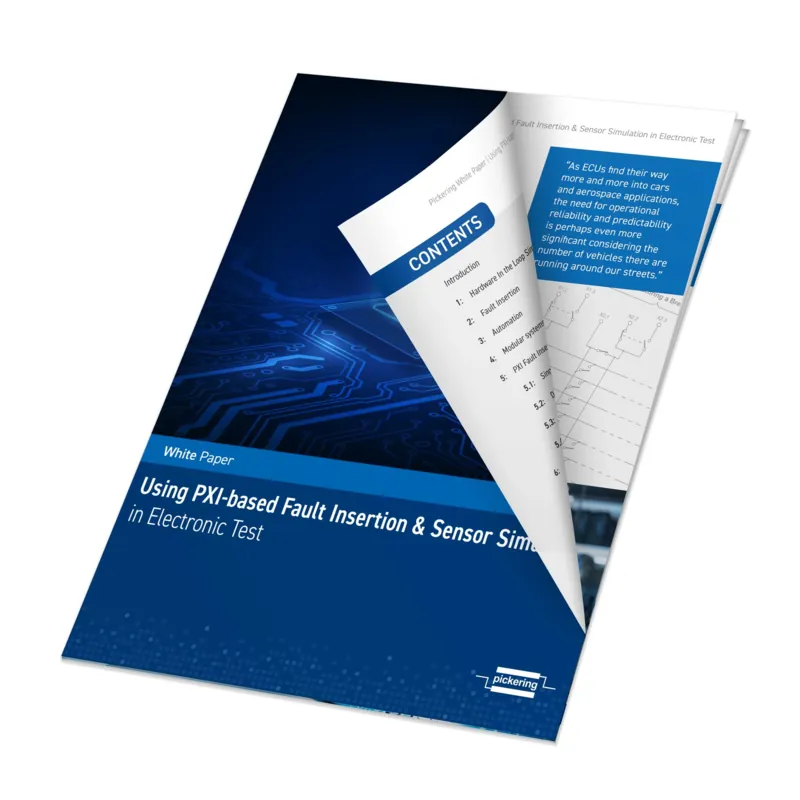
 Curtis Instruments, a Kohler company, is an original equipment manufacturer (OEM) of high-tech motor speed controllers and
vehicle control systems used extensively in materials handling trucks and equipment. For example, the company’s AC F2A
motor controller features dual high-performance ARM Cortex microprocessors and is optimized for use as a traction controller
on 1- to 2-ton Class III pedestrian-operated powered pallet trucks. The controller is also suitable for hydraulic pump
control.
Curtis Instruments, a Kohler company, is an original equipment manufacturer (OEM) of high-tech motor speed controllers and
vehicle control systems used extensively in materials handling trucks and equipment. For example, the company’s AC F2A
motor controller features dual high-performance ARM Cortex microprocessors and is optimized for use as a traction controller
on 1- to 2-ton Class III pedestrian-operated powered pallet trucks. The controller is also suitable for hydraulic pump
control.
As part of the company’s rigorous QA processes, all motor controllers (and the F2A is just one of 33 different motor controllers
in the company’s portfolio) are subjected to thorough functional verification checks. For performing these, Curtis has
several identical automated test systems (ATS).
The ATS was introduced in 1998 and comprised of:
- A battery cabinet.
- A motor stand with two or three motors of varying voltages and power ratings (used as loads).
- A test stand with a number of fixture interfaces for the different motor controllers being calibrated and tested.
The system is universal in that it can be used to test every motor controller (i.e.,
all Series, SepEx, PM, and AC models) in Curtis’
product portfolio. This versatility is thanks to:
- The use of product-specific test fixtures. This allows the ATS hardware to remain generic. For example, an Industrial
Standard Architecture (ISA)--compliant analog and digital input/output (ADIO) from Kontron America is used, plus
Curtis developed several custom cards (see below).
- The system is PC-based (and uses the Windows XP OS, which has support for ISA cards). Various combinations of operating
voltage and other test parameters are software-selectable. This capability is core to the high level of automation
achievable, and many tests require little if any, operator interaction.
- SepEx, Series and Permanent Magnet products can be tested by configuring the ATS with one of three different motor
stands built around its respective motor type.
Much of the ATS’s functionality is achieved using custom cards designed by Curtis. These include differential cards (with
four circuits that measure voltages, currents, duty cycles, and speed), a multifunction card (for certain measurements
and console control signals), relay cards to monitor signals from the device under test (DUT) and to drive control signals
to the battery cabinet and motor stands. There are also throttle cards to drive the motor stand and DUT motors, plus
communication cards to talk with the DUT and the motor stands.
To optimize serviceability and eliminate downtime, Curtis took great care to ensure that as many ATS components as possible
could be removed for bench-top servicing or replacement.
Richard Allred, Senior Test Engineering Group Leader at Curtis Instruments, comments: “Interchanging most subassemblies does not
require re-calibration of the ATS, and if one of the units does develop a fault,
we can repair it quickly as we keep spare components on hand - although that is
becoming increasingly challenging.”
The Second-Generation Automated Test System (ATS)
As mentioned, the original ATS entered service in 1998 – and has served Curtis well. However, its continued use has been
put at risk by obsolescence issues that include:
- Support for Windows XP is no longer available.
- Many components (particularly ICs) used in Curtis’s custom cards are now obsolete.
- Power connectors for the fixture interface to the console have also become obsolete.
Allred continues: “Discussions about an ATS version 2 started
as early as 2014. We like the functionality we have with the original ATS as a
great deal of thought went into it, but we needed to protect ourselves against
escalating obsolescence issues. An ATS 2.0 made sense. It was also an
opportunity to try and reduce the test time. ATS 1.0 takes an average of 5
minutes to perform a test cycle. We wanted to reduce that by at least a
minute.”
Curtis recognized that the solution to component obsolescence was to move away from custom cards and to use commercial-off-the-shelf
(COTS) products and, by extension, let the OEMs of those cards manage component obsolescence.
It was also decided to move away from using a motor stand and actual motors. Instead, simulated loads would be used. The
benefits of doing so include:
- It is far easier to inject faults during product development to verify that the motor controller responds correctly.
- The simulated loads can be monitored – i.e., it can always be verified that what the motor controller thinks it is
seeing is correct.
Core to embracing COTS was the selection of a modular card and chassis format, and Curtis decided on PXI.

 Curtis Instruments
Curtis Instruments The following Pickering Interface PXI switch and simulation modules are used:
The following Pickering Interface PXI switch and simulation modules are used:




